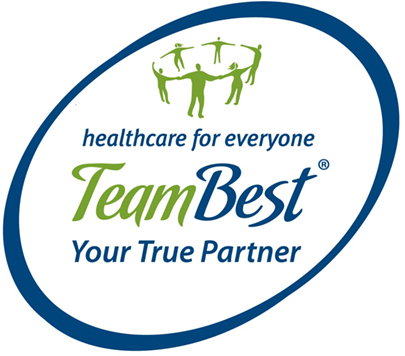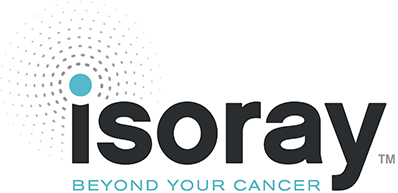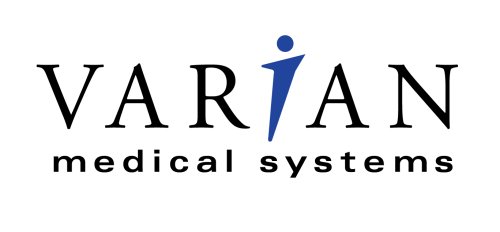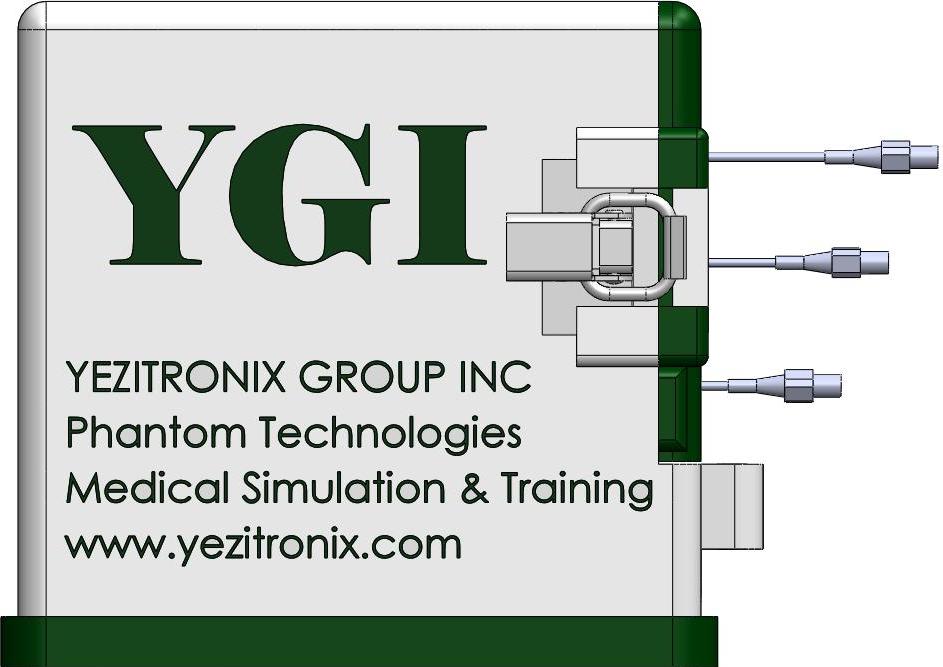Workshops
Participating Vendors












Workshops will provide practical hands-on opportunities for attendees to gain experience in nine key aspects of clinical brachytherapy physics.
Saturday, June 10, 1:30pm - 5:00pm PDT
You will be assigned to rotate to (3) Workshops:
| A = 1:30pm - 2:30pm | B = 2:30pm - 3:30pm | coffee break 3:30pm - 4:00pm | C = 4:00pm - 5:00pm |
| SAM | SAM | SAM |
Sunday, June 11, 1:30pm - 5:00pm PDT
You will be assigned to rotate to (3) Workshops:
| D = 1:30pm - 2:30pm | E = 2:30pm - 3:30pm | coffee break 3:30pm - 4:00pm | F = 4:00pm - 5:00pm |
| SAM | SAM | SAM |
Tuesday, June 13, 1:30pm - 5:00pm PDT
You will be assigned to rotate to (3) Workshops:
| G = 1:30pm - 2:30pm | H = 2:30pm - 3:30pm | coffee break 3:30pm - 4:00pm | J = 4:00pm - 5:00pm |
| SAM | SAM | SAM |
| TOPIC | FACULTY | LOCATION | |
| #1 | HDR Unit Commissioning Chen Fulkerson Pai handout |
Chen, Fulkerson, Pai | Smith, Room 207 campus map |
| Learning Objectives Understand the operational characteristics and functions of an HDR unit that requires commissioning and some appropriate test to assess those characteristics. • AV tests, door and emergency button safety checks, warning lights, room monitor, radiation leakage, contamination • emergency equipment/procedures • radiation survey meter • battery backup test • console button tests • indexer ring • obstructed catheter • applicator/transfer tube integrity • applicator/transfer tube length measurements • source positioning accuracy • timer accuracy, linearity, and consistency • transit time measurements • source calibration in control console • temporal correction for radioactive decay • accuracy of electronic data transfer from TPS |
|||
| #2 | TRUS QA Batchelar Libby handout |
Batchelar, Libby | Smith, Room 220 campus map |
| Learning Objectives Identify the features and settings of a TRUS system and apply QA tests for demonstrating system performance. • element dropout • penetration depth (speckle boundary) • resolution • length measurement • grid-size accuracy: unit/TPS • area measurement • volume measurement: unit/TPS • needle-grid alignment • transverse-sagittal alignment • stepper movement |
|||
| #3 | Applicator QA and Source Assay Rivard handout |
Richardson, Rivard, Scanderbeg | Smith Hall campus map |
| Learning Objectives 1. Delineate attributes of HDR applicators, understand the parts that require QM, and compare the characterizations of the applicators within an HDR TPS applicator library. 2. To understand the aspects pertinent for adequately performing independently-traceable LDR and HDR source assays. • visual inspection/integrity: applicator, connector, fixation, screws, curvature, caps, shields, … • physical dimension vs library/TPS • source positions: library and dummy vs measured dwell-positions • presence of sterilization / cleaning procedures • how to identify and address contamination • well-chamber calibration and measurements |
|||
| #4 | Mold Construction | Ouhib, Thomadsen | Smith Hall campus map |
| Learning Objectives Understand the varying details necessary to fabricate clinical brachytherapy molds. • mold design • mold manufacture • 3D printing (additive manufacturing) possibilities • catheter placement and fixation • catheter identification • flap mask applicator • flap modification • flap fixation • flap reposition |
|||
| #5 | Commissioning MBDCA Elekta handout ACUROS/Varian handout |
Mourtada, Sloboda | Stamm, Templeton Campus Center campus map |
| Learning Objectives Understand the TG-186 commissioning process of MBDCA treatment planning systems. • source parameters: validate TG-43 parameters in TPS • test cases from IROC Registry to user TPS - Level 1: TG-43 conditions - Level 2: material heterogeneities and scatter conditions • independent check |
|||
| #6 | APBI Treatment Planning Rownd handout |
Rownd, Todor | Stamm, Templeton Campus Center campus map |
| Learning Objectives Understand the treatment planning aspects specific to HDR breast brachytherapy. • applicator delineation • catheter identification • catheter input • PTV delineation • OAR delineation • optimization • graphical reoptimization • prescription • interstitial target delineation • interstitial catheter delineation |
|||
| #7 | LDR Prostate BT (real-time/adaptive planning) Butler Handout |
Beaulieu, Butler | Smith, Room 218 campus map |
| Learning Objectives Understand the pre-, post-, and real-time planning aspects specific to US-based LDR prostate brachytherapy. • pre-procedure verifications • image acquisition: by translation or rotation • PTV and OAR delineation • optimization • needle building • live updates • post-procedure survey • post-procedure source number confirmation • remaining/lost seeds, handling procedure • post-implants checklist, seed-finding algorithm capabilities |
|||
| #8 | HDR Prostate BT | Cunha, Siebert | Stamm, Templeton Campus Center campus map |
| Learning Objectives Understand the treatment planning aspects specific to HDR prostate brachytherapy. • template commissioning and pre-planning QA • image registration and evaluation (CT) • image acquisition for live implants (US) • image acquisition for live implants (MRI) • pick one imaging method at a later date • image fusion • PTV and OAR contouring • catheter identification and reconstruction • optimization goals and standards • plan QA • plan review • treatment plan export and archiving • consideration for planning additional fractions |
|||
| #9 | MRI-based Cervix Planning | Damato, Kirisits | Stamm, Templeton Campus Center campus map |
| Learning Objectives Understand the treatment planning aspects based on MRI-specific HDR cervical brachytherapy. • applicator/template commissioning within TPS • device compatibility with MR • protocols for sequences • interdepartmental logistics • image fusion • PTV and OAR contouring • catheter/applicator identification and reconstruction • optimization goals and standards • plan QA • plan review • treatment plan export and archiving • consideration for planning additional fractions |
|||